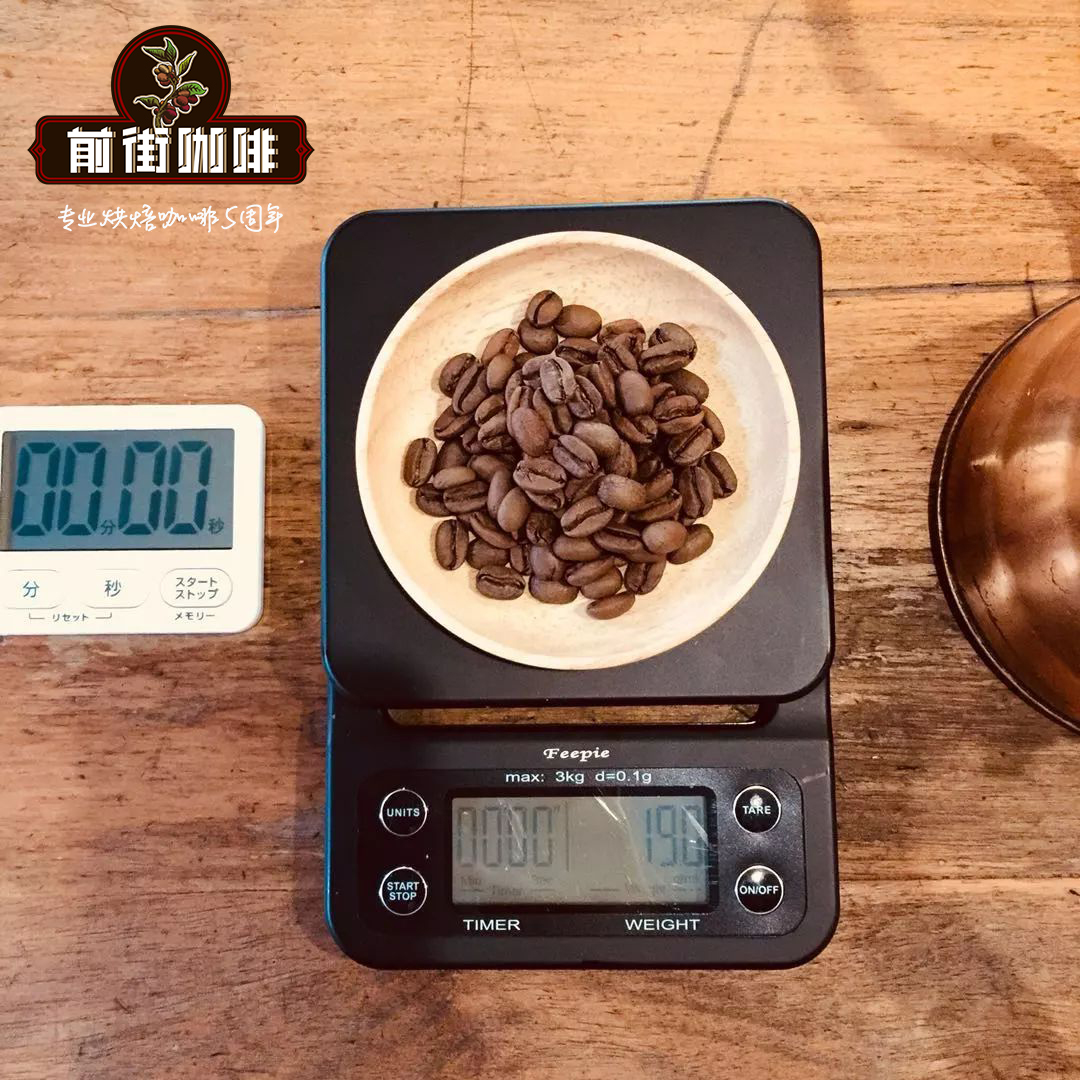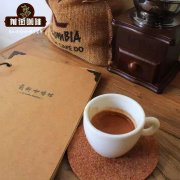How about top Kopi Luwak? is Kopi Luwak tasty? is it hyped?

Professional coffee knowledge exchange more coffee bean information please follow the coffee workshop (Wechat official account cafe_style)
The origin of Kopi Luwak:
Kopi Luwak is a rare Arabica special coffee bean, produced in the central mountains of Asaki, Sumatra, Indonesia, is an extremely rare and unique coffee.
The origin of Kopi Luwak:
Arabica coffee has been widely grown on the Indonesian island of Sumatra since the 16th century, where caffeine is internationally renowned for its superior quality and excellent flavor. Sumatra is the hometown of Kopi Luwak, Kopi Luwak is also known as Civet coffee. When the coffee berries are ripe, they are eaten by this animal, also known as the Asian palm civet. The cherry-shaped berries of ripe red coffee, known locally in Indonesia as Luwak, is a favorite food for civets. The civet is a picky eater, only looking for ripe and sweet coffee berries.
The berries swallowed by the civets break the original protein structure by a unique enzyme secreted in its stomach, and then digest and ferment, giving the coffee a unique taste. Coffee beans are discharged from the body in the case of intact protection. People collect them, wash them thoroughly, and maintain the coffee's proper and unique taste after light roasting.
Although Kopi Luwak is native to Indonesia, the highest quality cat poop coffee beans come from the Yazaki Mountains in northern Sumatra.
Kopi Luwak producing areas:
Sumatra is the largest producer of Kopi Luwak in the world. The fertile volcanic soil on the island and the cool climate in the mountains create an ideal environment for growing Kopi Luwak. Kopi Luwak is widely respected for its rich flavor and unusual acquisition.
Product name: Kopi Luwak Kopi Luwak
Origin: Indonesia Indonesia
Kopi Luwak rating:
Explanation: for a coffee fan, having a cup of Jamaican Blue Mountain Coffee is not a dream, but drinking a cup of "Kopi Luwak" (Kopi Luwak) is a lifetime without regret. The global output of the scarce "Kopi Luwak" does not exceed 120lb a year. Retail prices in North America and Europe cost more than NT $20,000 a pound. If you only crave one cup, the first "Kopi Luwak" will cost NT$3,600, and the second will be as high as NT$2500.
What's so special about this rare coffee-"Kopi Luwak"? There is a kind of wild musk cat named Luwak in the mountains of Indonesia, which likes to eat ripe coffee fruit with fat and multi-oars, but the hard hard nut (raw bean) cannot be digested. It is excreted with feces, washed and becomes a "Kopi Luwak" coffee raw bean! Therefore, many people call it "cat shit" coffee.
Indonesians find that the coffee beans fermented by the civets' intestines and stomach are very thick and mellow, so they collect civets' feces, sift out the coffee beans and brew them to drink. Because the yield is rare and the fermentation process is unique, the flavor is very different from that of ordinary coffee. Traditionally, coffee fruit is washed or sun-treated to remove the peel, pulp and sheep skin, and finally take out the coffee beans. However, Luwak uses natural fermentation in the body to remove the coffee beans, so it has a special flavor. In general, when coffee is boiled to the second bubble, it will not only go bad, but it will also become less fragrant, but Kopi Luwak can be boiled to the third bubble, and the taste of each cup is different. The only thing in common is that it still retains the fragrance of Luwak. " This "cat shit" coffee, which is 10 times more expensive than Blue Mountain coffee, is always full of smelly men, and the price is still high. As a result, it has become a difficult and expensive cup of coffee in the world.
This batch of Kopi Luwak is wild Kopi Luwak, wild civets will find their own food to find the most mature coffee to eat, unlike captive civets, due to the poor environment, but also eat only human-picked coffee fruits can easily cause civets to get sick or even die in the long run. Therefore, captive civets are easy to cause the most important "digestive enzymes" in their bodies to be killed by bad bacteria because the civets themselves are unhealthy. They cannot convert the most important enzymes to coffee, or even produce toxins. So please try not to eat captive Kopi Luwak.
How on earth should Kopi Luwak be cooked?
There are many ways to cook Kopi Luwak. In fact, no matter how you cook it, as long as you feel it tastes good, Kopi Luwak is suitable for all kinds of cooking methods, but considering that the most precious enzyme in Kopi Luwak will not be damaged by high temperature, Mr. Coffee is most recommended to make it by hand at a low temperature (no more than 85 degrees Celsius) or by ice drop. Of course. You can still taste the rich and changeable taste of Kopi Luwak in other ways.
Key points for hand-made coffee:
The degree of research is about 2Mui 2.5 in the proportion of 1mm / 12ml / 115, and the water temperature is not more than 85 degrees Celsius (fresh period). Please make sure to finish cooking when fresh.
Pay attention to the main points of iced coffee
The degree of grinding is about 1.5 Mel 2 brewing coffee powder at least 30 grams at a time of at least 30 grams at a time with a grinding degree of about 1.5 Mel 2 and a brewing time of at least 30 grams each time with a ratio of 10 MUBG to 15 MUBG.
Tasting method
Taste: with a small mouth between the tongue, gently turn the tongue, slowly swallow, feel the change of coffee in the mouth
Olfactory method:
one. Dry incense: put the ground coffee powder in a small container, take a hard breath on the edge of the nose, hold your breath for 3 seconds, then slowly exhale the air through the nose, and try several more times to distinguish the changes in different levels of coffee powder.
two. Wet fragrance: take a small breath (a bit like eating ramen, mixing coffee with air to release more aromatic particles) and then exhale the inhaled air through your nose (please be careful not to choke)
The wonderful use of coffee grounds
As Kopi Luwak contains a lot of enzymes, it has a tight effect on skin care, so don't throw away the coffee grounds after brewing.
Practice: mix the brewed coffee grounds with an egg yolk and a small amount of peak honey and apply it directly to your face for 10 minutes. (not for too long) immediately make your face feel delicate and tight.
Important Notice :
前街咖啡 FrontStreet Coffee has moved to new addredd:
FrontStreet Coffee Address: 315,Donghua East Road,GuangZhou
Tel:020 38364473
- Prev

Can the ingredients of Kopi Luwak artificially produce Kopi Luwak? how should Kopi Luwak be processed?
Professional coffee knowledge exchange more coffee bean information please follow the coffee workshop (Wechat official account cafe_style) to visit friends, unexpectedly received a bag of Kopi Luwak, it is said that the habit of drinking coffee is formed from the past two years of fitness training, coffee is also a little bit of research (very shallow study of XD), began to know how to taste beans from different places, expensive cheap what is the difference, expensive
- Next

How to make a good cup of mocha? what's the trick to making a good cup of mocha?
Professional coffee knowledge exchange more coffee bean information Please pay attention to coffee workshop (Wechat official account cafe_style) Coffee is a favorite of office workers, especially for those who stay up late or are stressed, can also use coffee to refresh and relieve fatigue, there are many kinds of coffee, different coffee taste different, different functions, let's learn about mocha coffee and latte
Related
- Beginners will see the "Coffee pull flower" guide!
- What is the difference between ice blog purified milk and ordinary milk coffee?
- Why is the Philippines the largest producer of crops in Liberia?
- For coffee extraction, should the fine powder be retained?
- How does extracted espresso fill pressed powder? How much strength does it take to press the powder?
- How to make jasmine cold extract coffee? Is the jasmine + latte good?
- Will this little toy really make the coffee taste better? How does Lily Drip affect coffee extraction?
- Will the action of slapping the filter cup also affect coffee extraction?
- What's the difference between powder-to-water ratio and powder-to-liquid ratio?
- What is the Ethiopian local species? What does it have to do with Heirloom native species?

